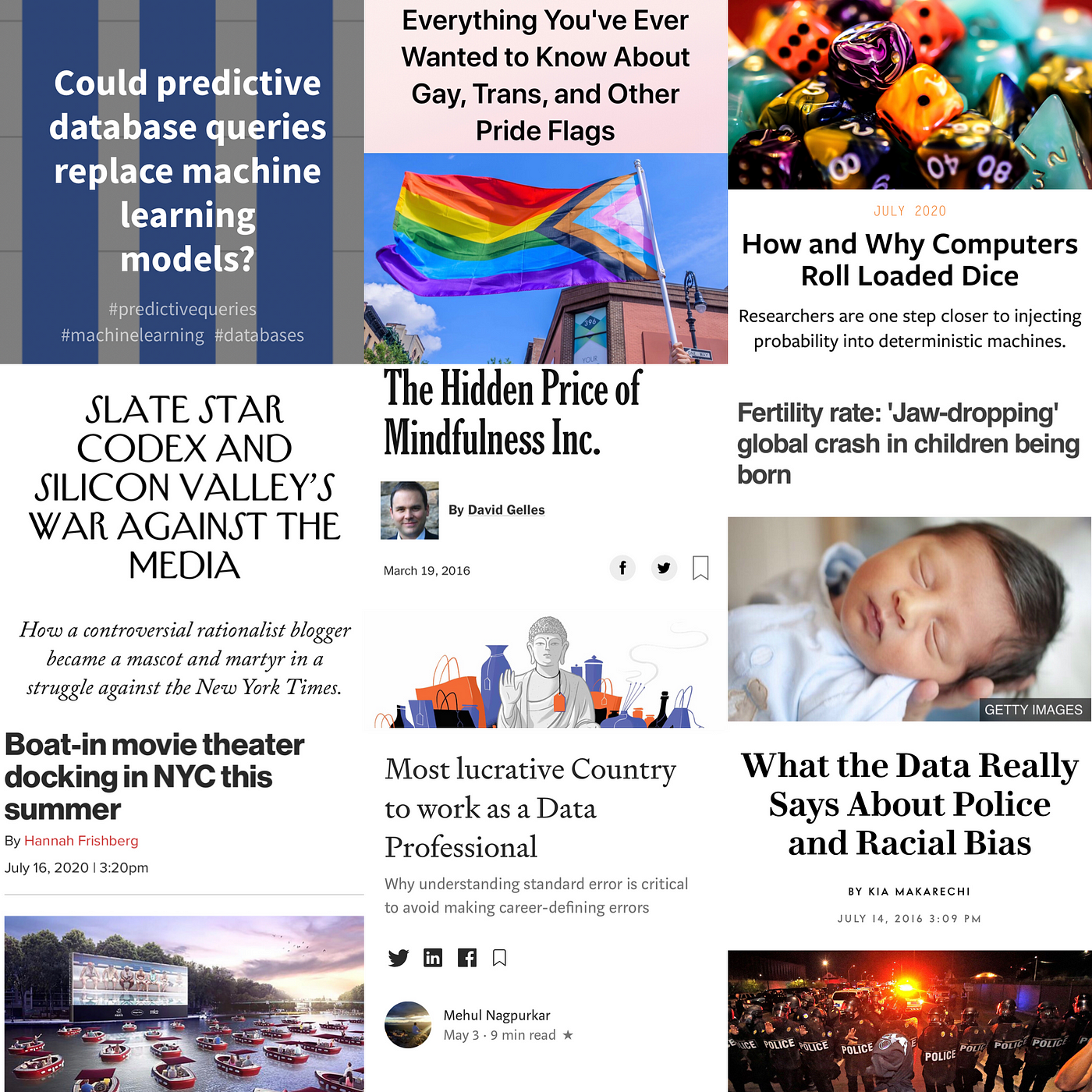

- #Ipublish reader database software#
- #Ipublish reader database code#
- #Ipublish reader database professional#
- #Ipublish reader database download#
#Ipublish reader database download#
First, you need to download an eBook reader from your app store. Yes, you can download eBooks on to a mobile device. Many companies provide hosting and domains.Yes, you can choose to read your eBook online from your computer or mobile device.Sometimes you get what you pay for, but sometimes these resources are good enough for your initial experiments. There are also free services available like Neocities, Google Sites, Blogger, and WordPress.The available feature set will be limited, but it might be perfect for your first experiments. Your home or office internet service provider may provide some limited hosting for a small website.All registrars will have a feature to allow you to check if the domain name you want is available. To find hosting companies and registrars, just search for "web hosting" and "domain names". MDN does not promote specific commercial hosting companies or domain name registrars.Then the program shows you your local files and the web server's files in two windows, and provides a way for you to transfer files back and forth. FTP programs vary widely, but generally, you have to connect to your web server using details provided by your hosting company (typically username, password, hostname).
#Ipublish reader database software#
In addition, you will need a File Transfer Protocol (FTP) program (see How much does it cost: software for more details) to actually transfer the website files over to the server.
#Ipublish reader database professional#
Many professional websites go online this way. You can rent your domain name for as many years as you want from a domain registrar. A domain name is the unique address where people find your website, such as or.The web server provides website content to website visitors. Web hosting is rented file space on a hosting company's web server.To have more control over content and website appearance, most people choose to buy web hosting and a domain name: Express Tutorial Part 7: Deploying to production.Express Tutorial Part 6: Working with forms.Express Tutorial Part 5: Displaying library data.Express Tutorial Part 4: Routes and controllers.Express Tutorial Part 3: Using a database (with Mongoose).Express Tutorial Part 2: Creating a skeleton website.Express tutorial: The Local Library website.Setting up a Node (Express) development environment.Express Web Framework (Node.js/JavaScript) overview.Express Web Framework (node.js/JavaScript).Tutorial Part 11: Deploying Django to production.Tutorial Part 10: Testing a Django web application.Tutorial Part 8: User authentication and permissions.Tutorial Part 6: Generic list and detail views.Tutorial Part 5: Creating our home page.Tutorial Part 2: Creating a skeleton website.Setting up your own test automation environment.Building Angular applications and further resources.Advanced Svelte: Reactivity, lifecycle, accessibility.Dynamic behavior in Svelte: working with variables and props.Vue conditional rendering: editing existing todos.Adding a new todo form: Vue events, methods, and models.Ember Interactivity: Footer functionality, conditional rendering.Ember interactivity: Events, classes and state.Ember app structure and componentization.React interactivity: Editing, filtering, conditional rendering.Client-side web development tools index.Assessment: Accessibility troubleshooting.CSS and JavaScript accessibility best practices.Accessibility - Make the web usable by everyone.CSS property compatibility table for form controls.Assessment: Adding features to our bouncing balls demo.Introducing JavaScript objects overview.
#Ipublish reader database code#


 0 kommentar(er)
0 kommentar(er)
